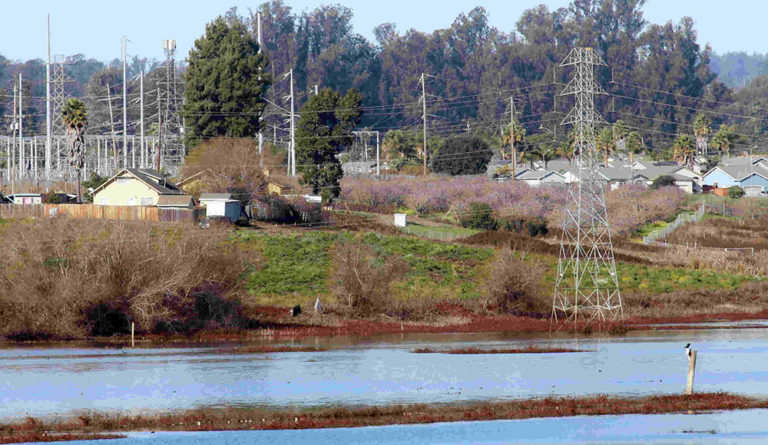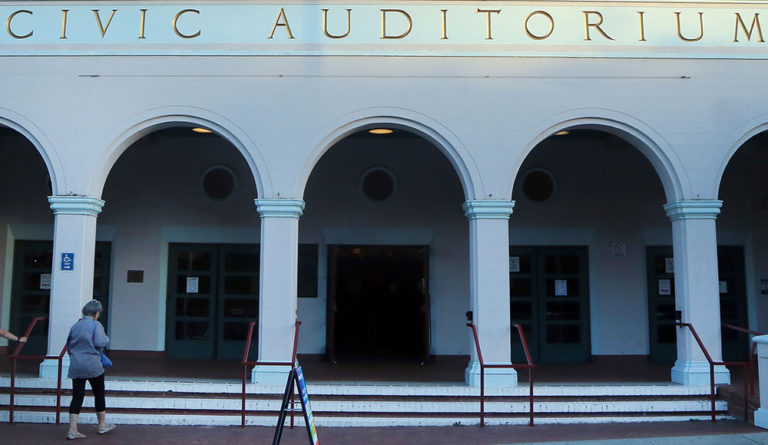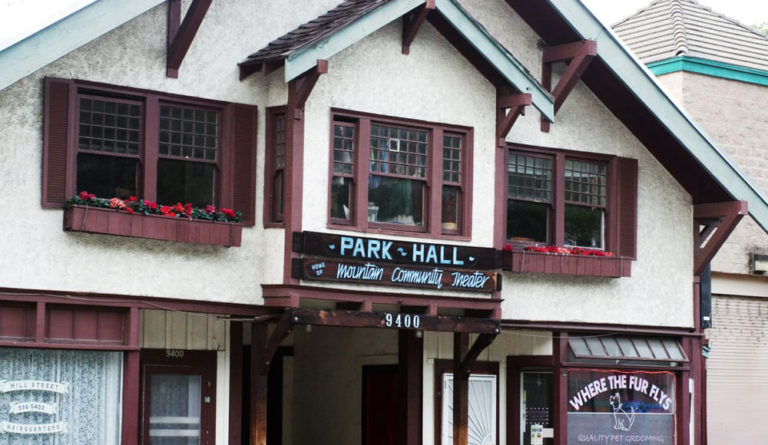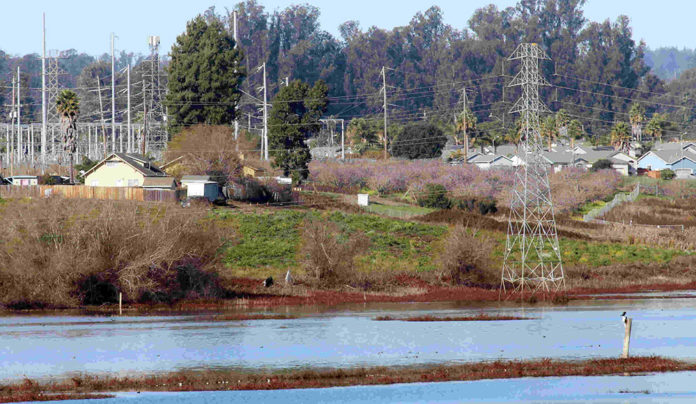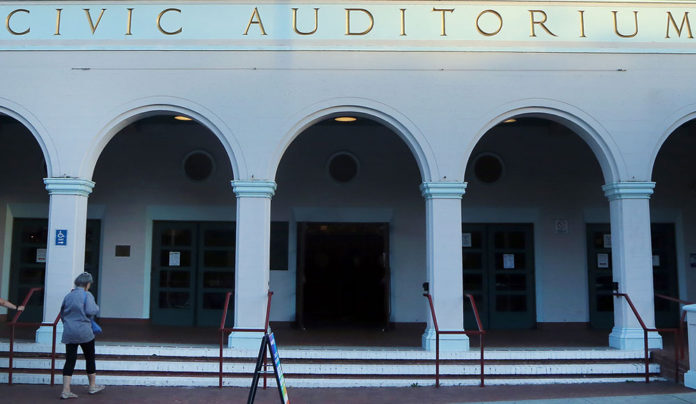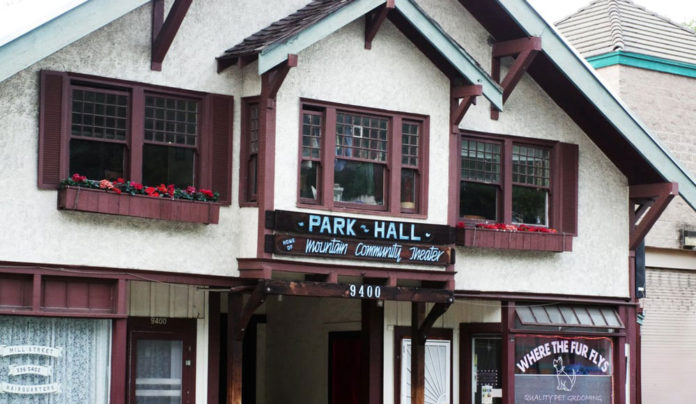For Santa Cruz businesses lucky enough to be close to the water, the summer months can bring tourist traffic—unless there are literally obstacles in the way.
In the harbor area, where a seismic retrofit project is closing Murray Street Bridge for months, local businesses have taken a big hit in revenue.
The westbound lane of the Murray Street Bridge has been closed since March. In June the entire bridge was shut down, with the lane expected to reopen in approximately seven months, although construction will remain active for at least three years.
Businesses on both sides of the bridge are feeling the repercussions, and they believe “the city has failed” them.
A possible solution surfaced at the end of July, when Patrice Boyle, owner of La Posta, a popular Italian restaurant on Seabright Avenue, started a petition to consider opening the adjacent rail bridge to foot and bike traffic.
For businesses in the area, help can’t come soon enough. Eric Taillan, a partner at Tramonti, an Italian restaurant on Seabright Avenue, says the closure has created a divide between the two sides of the harbor. “You’ll never push anyone from one side,” he says, “to drive thirty minutes in traffic from 4pm on to go to one place of business rather than staying on their side of town.”
Taillan fears for the future of Tramonti and the businesses and neighborhoods that surround it.
One of these is Betty Burgers, which has a shop just down the street from Tramonti, directly across from Murray Bridge. Laurie Negro, owner of Betty Burgers, says her Seabright Avenue location saw a drop of 20% in revenue when the bridge had one lane closed. Now that the entire bridge is inoperative, business is down 38% compared to last summer.
Negro is looking at closing the establishment two days a week and laying off staff during the winter. She says she has never considered taking these actions in the past. Negro is “very concerned about what happens in October,” when tourists from San Jose and elsewhere stop coming to Santa Cruz in great numbers. “That is when we are really going to feel it,” she says.
“I am really terrified,” says Brady’s Yacht Club owner Karen Madura. She has cut staff hours since bridge construction closed both lanes and has begun picking up shifts behind the bar. The business she is drawing in is equivalent to winter months. “Not having a spike in the summer is really nerve-racking,” she states.
Madura also worries about the length of the project and the long-term influences of the three-year closure. People are “creatures of habit,” she says. “Even if we survive this, if people haven’t been coming here for three years, it’s going to take a long time to get them back.”
All three business owners feel let down by local officials. They were given a couple weeks’ notice before construction began, and they saw tremendous changes to their revenue at the peak of summer. Negro claims that the city of Santa Cruz’s promises to fund promotional events and create clear and long-term signage have gone unfulfilled. The signage that exists now is bright orange with small black lettering and placed behind a chainlink fence.
In addition to the petition to open the railroad trail to bikes and pedestrians, business owners on both sides of the bridge have reached out with suggestions to open the bridge to traffic while it is not being worked on, and to exempt affected businesses from paying the district sales tax.
“I’d love to see the city fight for us, go to bat for us,” Madura says.
That may be happening after all. On Aug. 7, the Santa Cruz County Regional Transportation Commission gave the thumbs up to allow use of the Santa Cruz Rail Line Bridge for a potential temporary walking and biking path, as long as the city of Santa Cruz sought permission from the rail owner. At press time the Santa Cruz City Council was set to consider this course of action at its Aug. 12 meeting.




